What are the Benefits of ISO Tank?
ISO tanks, also known as ISO tank containers, have become an essential part of global trade, providing a safe, efficient, and cost-effective means of transporting liquids, gases, and powders across countries and continents. ISO stands for the International Organization for Standardization, which has established the design and construction standards for these containers, ensuring uniformity and compatibility with transportation systems worldwide.
From industries involved in chemicals, oil and gas, food and beverages, and even pharmaceuticals, ISO tanks have become the go-to solution for bulk liquid transport. In this article, we will explore the numerous benefits of using ISO tanks in shipping and logistics.
1. Standardization and Compatibility
One of the most significant benefits of ISO tanks is their standardization. ISO tanks are built according to the ISO standard dimensions: typically 20 feet in length, 8 feet in width, and 8.5 feet in height. This uniform sizing allows ISO tanks to be easily loaded onto trucks, trains, and ships without the need for specialized handling equipment. Their compatibility with various modes of transport means they can be seamlessly transferred between different carriers, improving efficiency in the global supply chain.
Since they adhere to these universal standards, the logistics processes involving ISO tanks are streamlined. It reduces the risk of delays caused by incompatible equipment or non-standard container sizes, allowing businesses to save on time and costs.
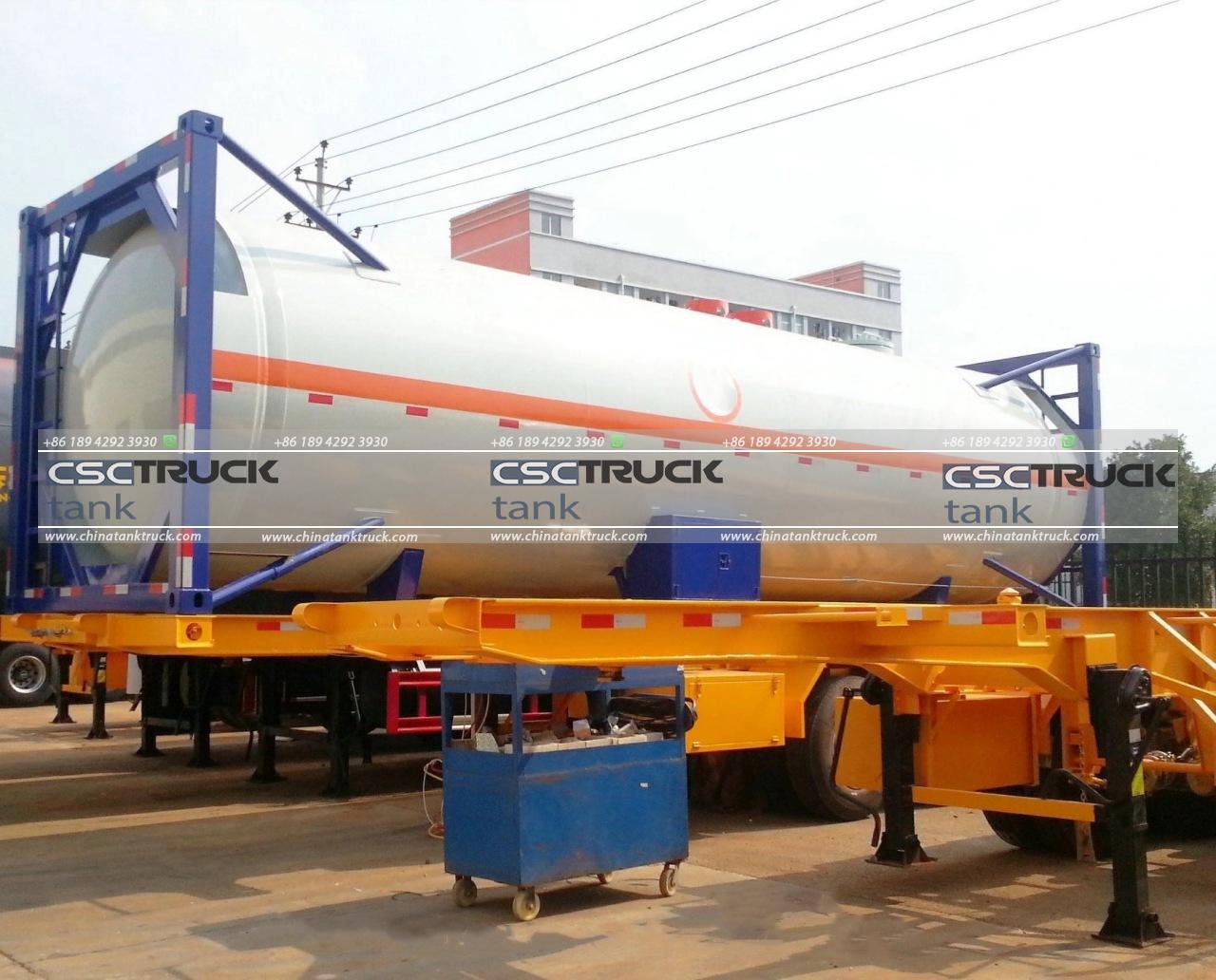
2. Safety and Durability
ISO tanks are constructed from high-quality stainless steel, often surrounded by layers of protective insulation. This makes them extremely durable and resistant to corrosion, chemicals, and temperature fluctuations. The tanks are designed to withstand the harshest conditions during transportation, whether on sea, road, or rail. They are specifically engineered to meet international safety and quality standards, ensuring that even hazardous materials can be transported without significant risk.
The design of ISO tanks is robust, with many featuring a double-shell construction that helps prevent leaks and contamination. This level of safety is crucial when transporting hazardous chemicals or volatile gases. Many industries rely on ISO tanks because of their ability to safely store and transport dangerous goods over long distances without risk to people or the environment.
3. Cost-Efficiency
ISO tanks can offer significant cost advantages compared to other modes of liquid transportation, such as flexitanks or drums. With the ability to carry large volumes, typically ranging from 21,000 to 25,000 liters depending on the type of tank, ISO containers reduce the need for multiple shipments. As a result, businesses save on transportation costs.
Moreover, because they can be transported by multiple modes of transport and have standardized dimensions, shipping companies benefit from lower handling and port fees. Additionally, the reusability of ISO tanks ensures long-term cost savings. Unlike single-use containers such as flexitanks, ISO tanks can be reused over many years, significantly reducing waste and lowering the total cost of ownership.
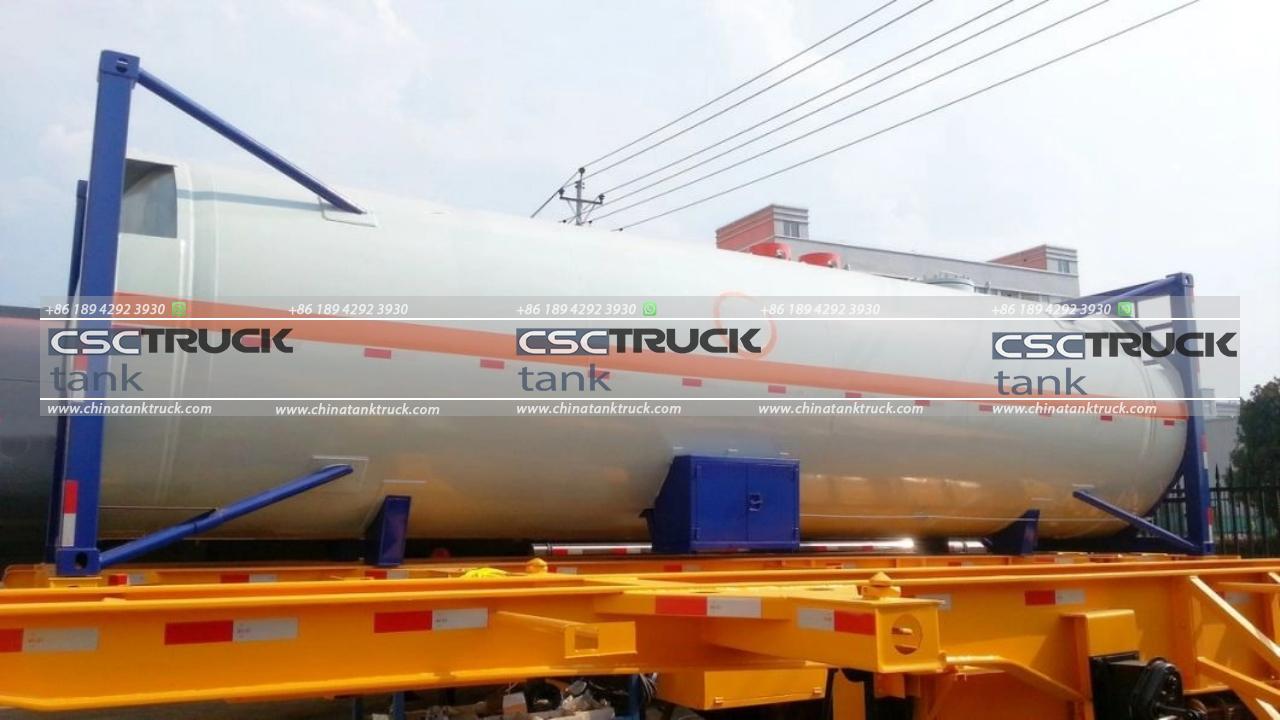
4. Environmental Sustainability
In today’s business world, environmental sustainability is a key consideration for many industries. ISO tanks offer environmental benefits by reducing waste and improving the efficiency of transport. Unlike single-use packaging such as drums or flexitanks, ISO tanks are reusable for many years, which significantly reduces plastic and material waste.
Additionally, the ability to transport large volumes in a single container helps reduce the number of trips required, which in turn minimizes fuel consumption and lowers the overall carbon footprint of the supply chain. The use of ISO tanks aligns with the growing push toward greener logistics and sustainable business practices.
5. Preservation of Cargo Quality
ISO tanks provide excellent protection for the products they transport. Many tanks come equipped with insulation or heating systems, making them suitable for temperature-sensitive materials. This is particularly beneficial for industries like food and beverage or pharmaceuticals, where maintaining product integrity during transport is paramount.
For instance, in the case of liquids such as milk, wine, or other perishables, ISO tanks can be fitted with refrigeration or heating systems to maintain the desired temperature throughout the journey. This ability to control the temperature ensures that products arrive in optimal condition, preserving their quality and reducing the risk of spoilage or contamination.
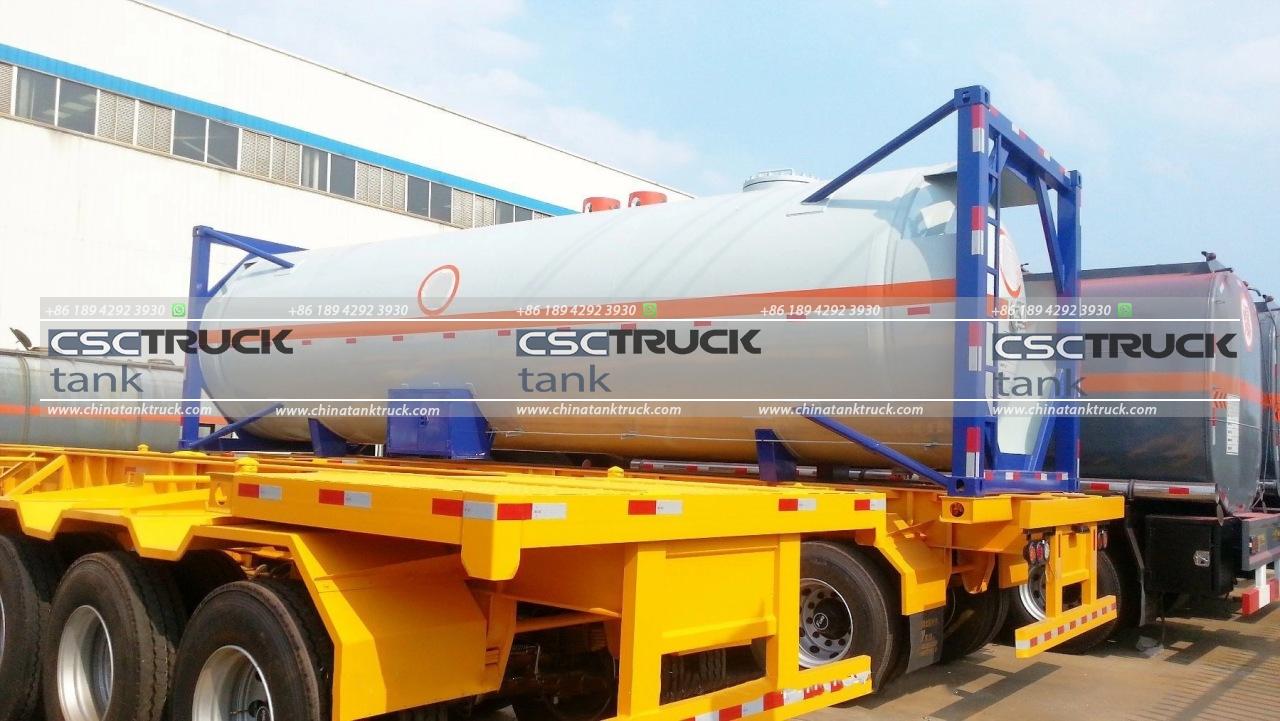
6. Versatility
ISO tanks are versatile in terms of the materials they can transport. They are not limited to just liquids; powders, gases, and even hazardous chemicals can also be safely transported using ISO containers. The versatility of ISO tanks has led to their widespread adoption across various industries, including chemicals, food, pharmaceuticals, oil and gas, and more.
Additionally, there are different types of ISO tanks to cater to the specific needs of various industries. Some common types include:
– Food-grade ISO tanks: Designed to carry food-grade liquids like wine, milk, and edible oils.
– Chemical ISO tanks: Built to transport hazardous and non-hazardous chemicals.
– Gas ISO tanks: Constructed to handle pressurized gases safely.
This adaptability makes ISO tanks an all-in-one solution for companies looking to transport a wide variety of goods.
7. Reduced Risk of Contamination
Because ISO tanks are made of stainless steel, they are easy to clean and sanitize. After every use, the tank can be thoroughly cleaned and prepared for the next shipment, greatly reducing the risk of contamination. This is particularly important for industries like food and beverage, pharmaceuticals, and chemicals, where contamination could have severe consequences.
The reusability of ISO tanks also contributes to a more hygienic transportation process. Unlike flexitanks or single-use containers, which may pose contamination risks due to material degradation or poor handling, ISO tanks provide a reliable, sealed environment that ensures the integrity of the cargo.
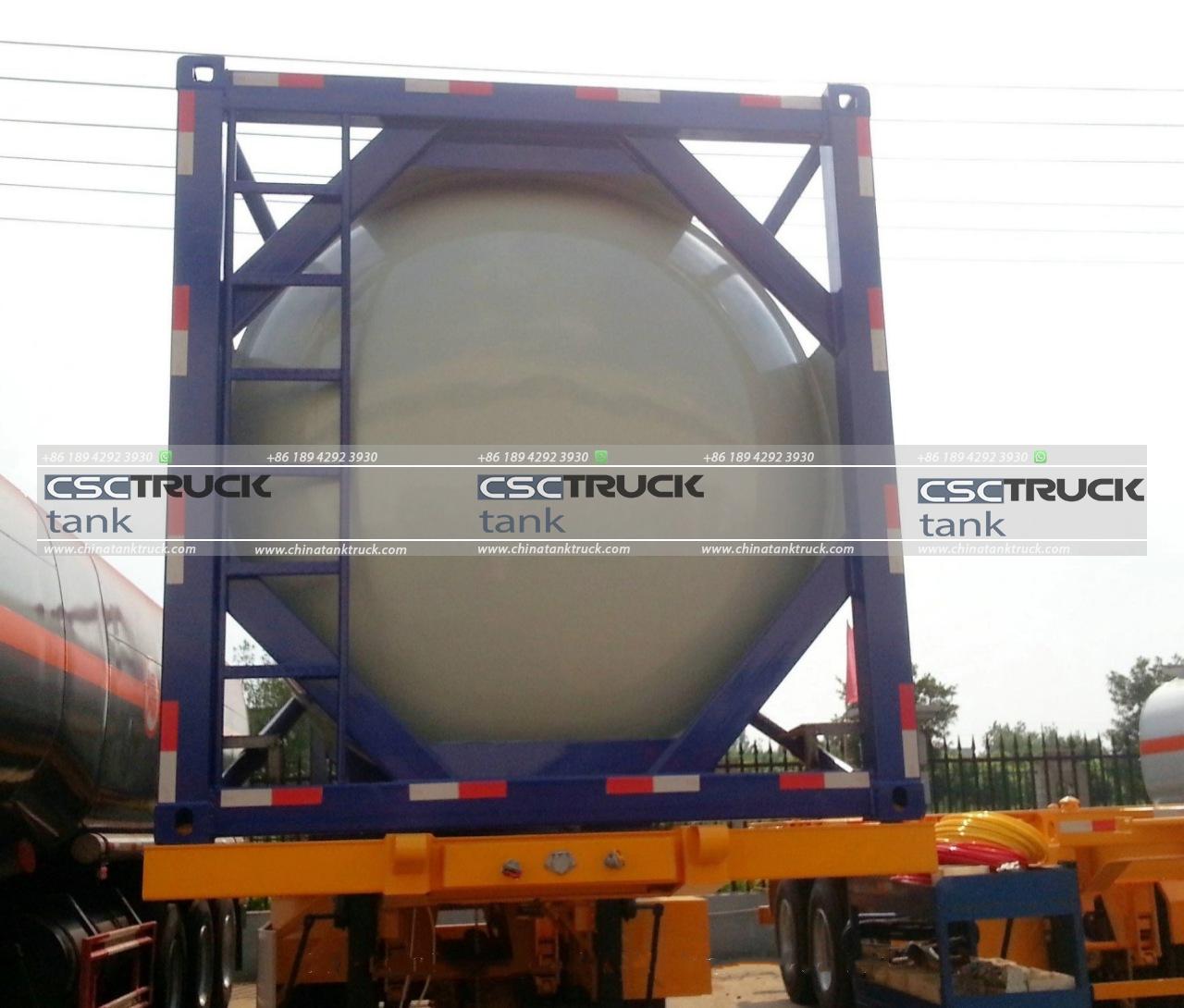
8. Regulatory Compliance
ISO tanks are designed to comply with international regulations for the transport of hazardous and non-hazardous materials. This includes compliance with regulations set by the International Maritime Organization (IMO), the International Tank Container Organization (ITCO), and various other regulatory bodies.
This compliance is particularly important for companies that transport chemicals, gases, and other hazardous materials, as failing to meet these regulations can lead to significant fines, delays, and even accidents. The use of ISO tanks ensures that businesses can meet all necessary legal and safety standards without having to invest in additional packaging or logistics solutions.
9. Tracking and Monitoring Systems
Another advantage of modern ISO tanks is their compatibility with tracking and monitoring systems. Many thanks are now equipped with GPS technology that allows companies to monitor the location and status of their shipments in real time. Some tanks also have sensors that can track temperature, pressure, and other key variables, ensuring that the cargo remains within the desired parameters throughout its journey.
This level of visibility and control over the shipping process enhances supply chain efficiency and provides companies with the data needed to make informed decisions about their logistics operations.
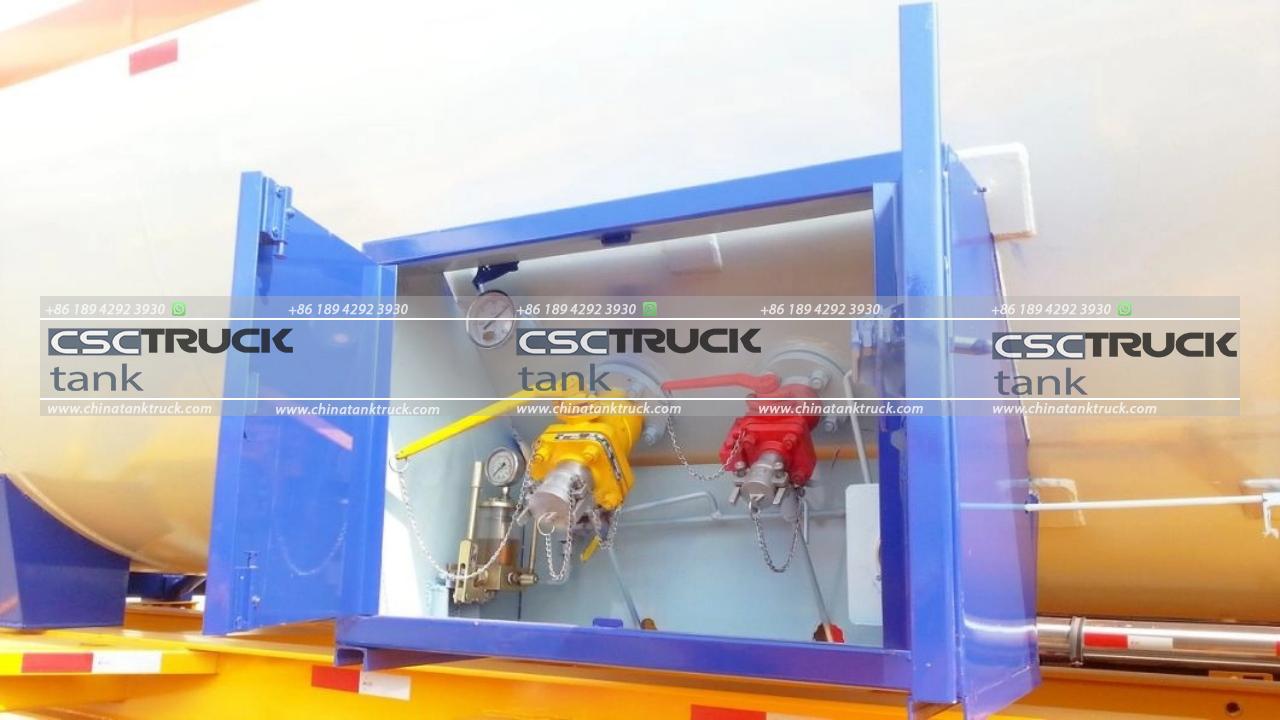
Conclusion
ISO tanks have revolutionized the transport of liquids, gases, and powders, offering numerous benefits for businesses and industries worldwide. Their standardization, safety, durability, cost-efficiency, and environmental sustainability make them an ideal solution for companies seeking to optimize their logistics and reduce costs. Furthermore, their versatility and ability to maintain product quality make ISO tanks a key asset in industries where precision and safety are paramount. As global trade continues to expand, the role of ISO tanks in the supply chain will only become more critical.

